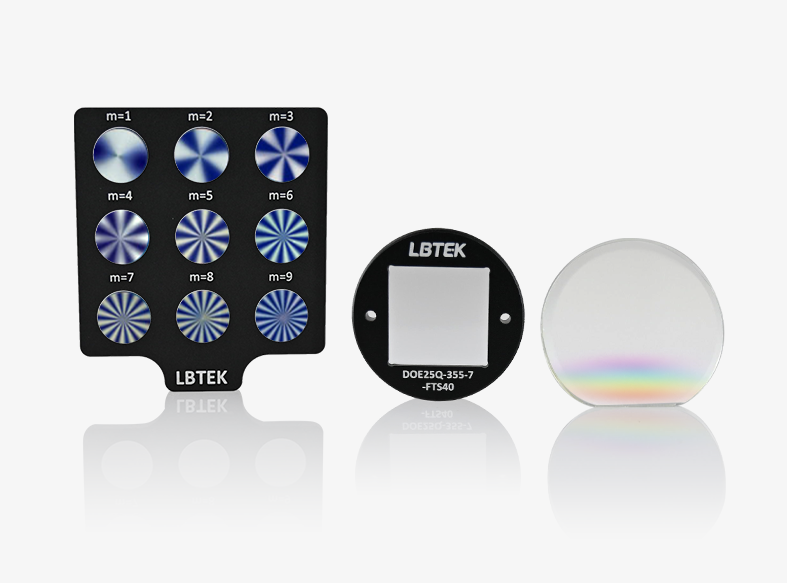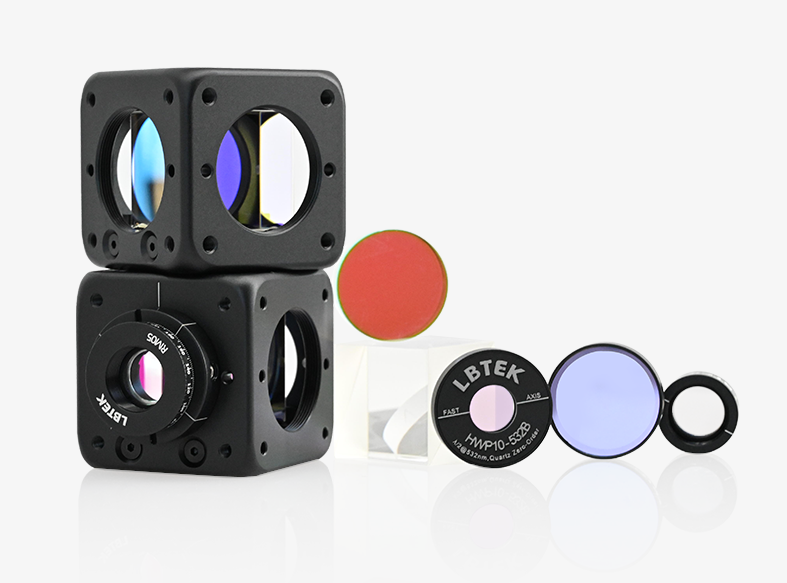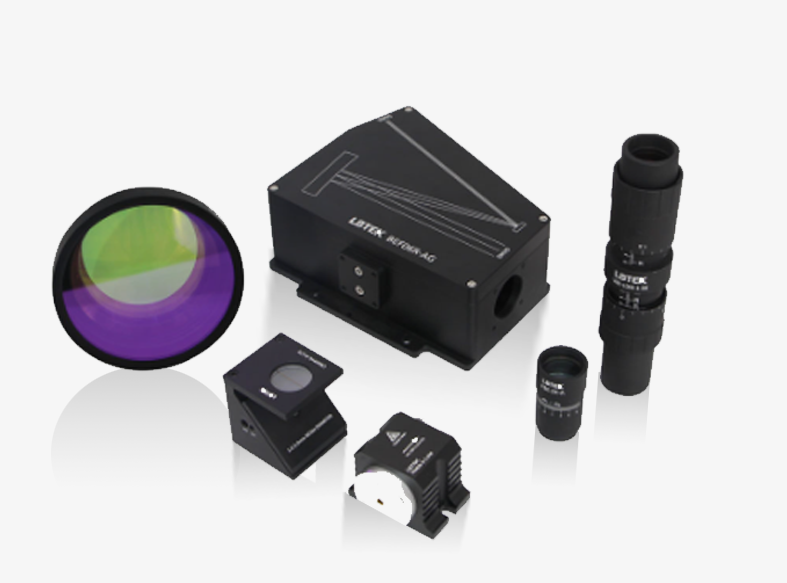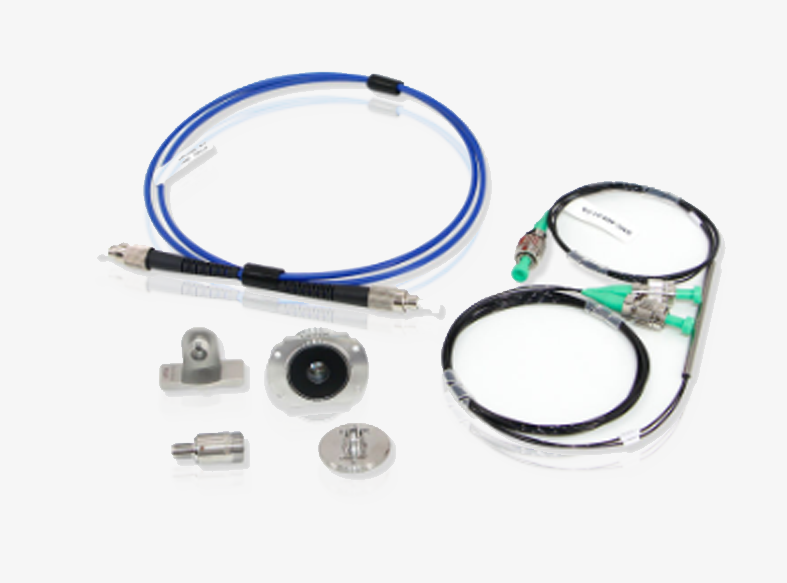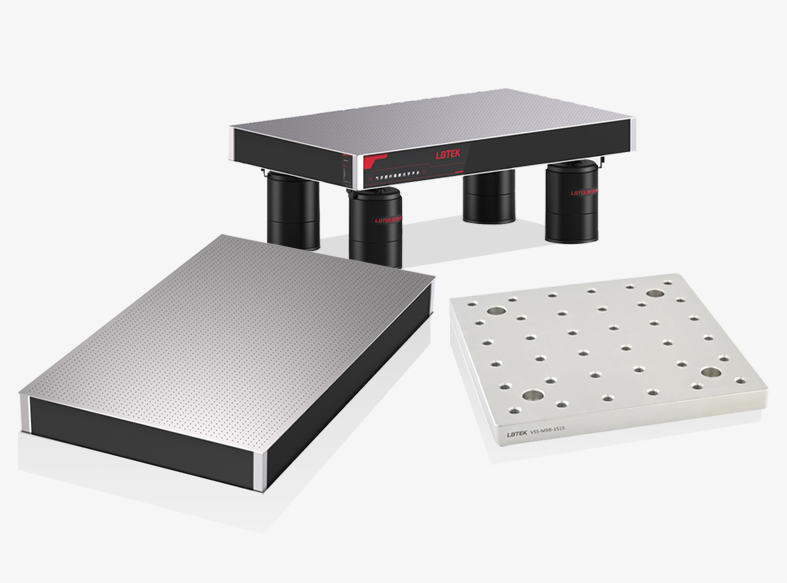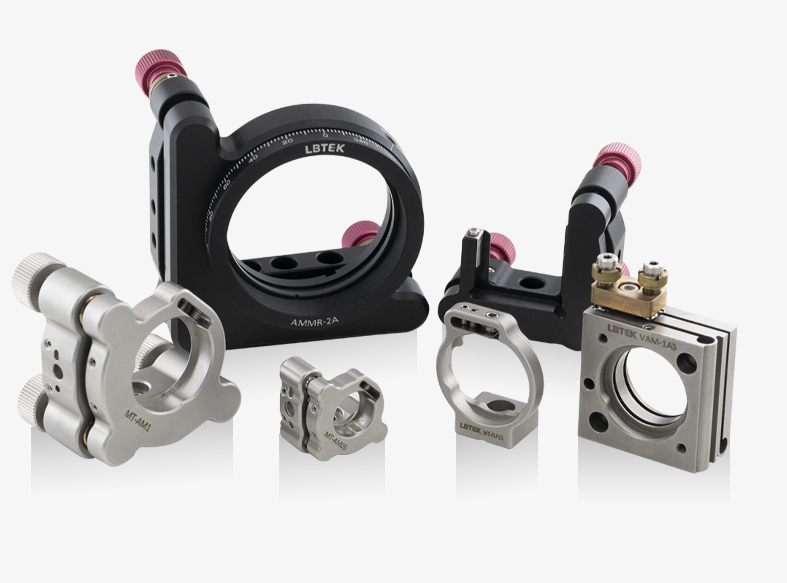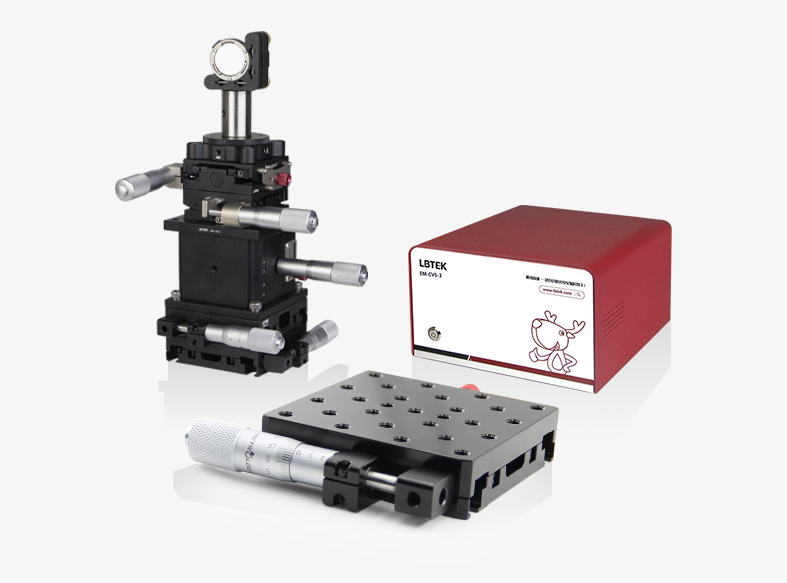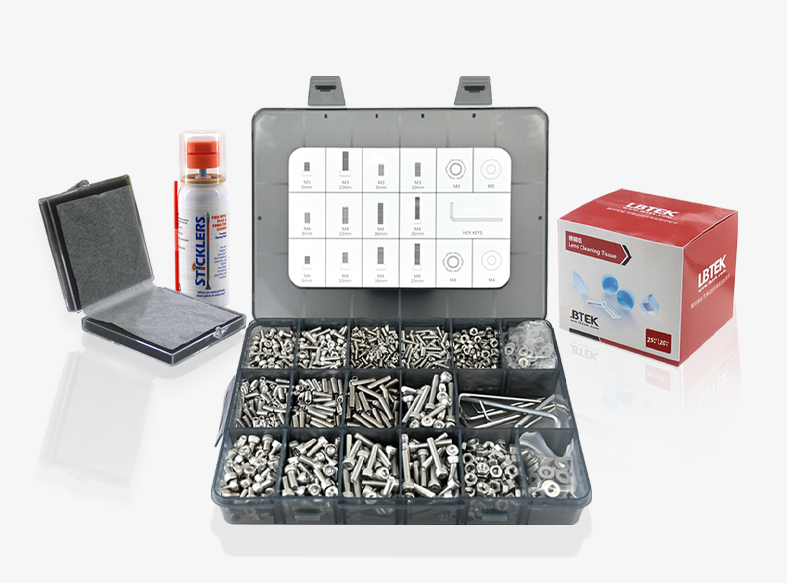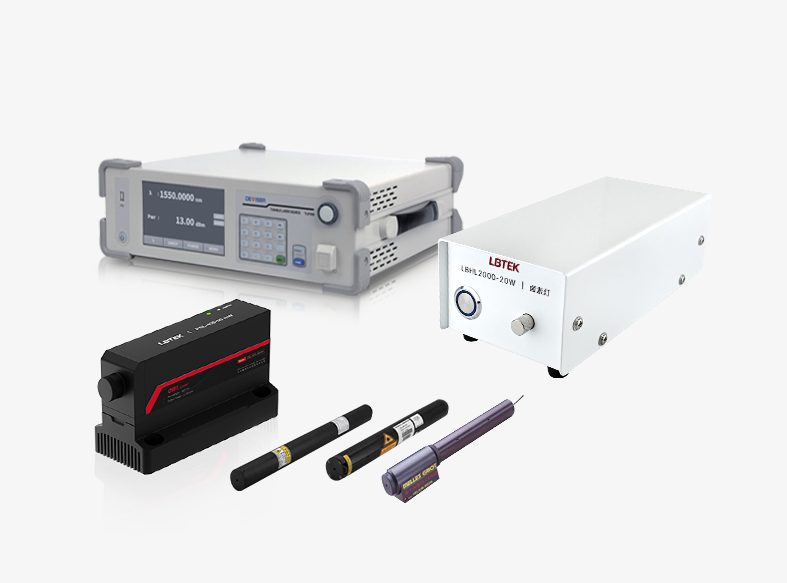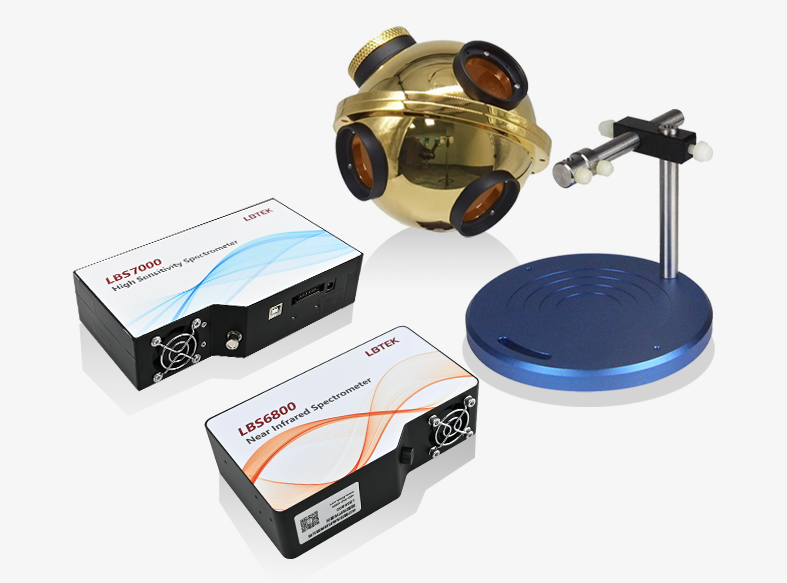- Wavelength coverage 200-1700 nm
- Fixed gain/Adjustable gain
- Spatial input/Fiber input
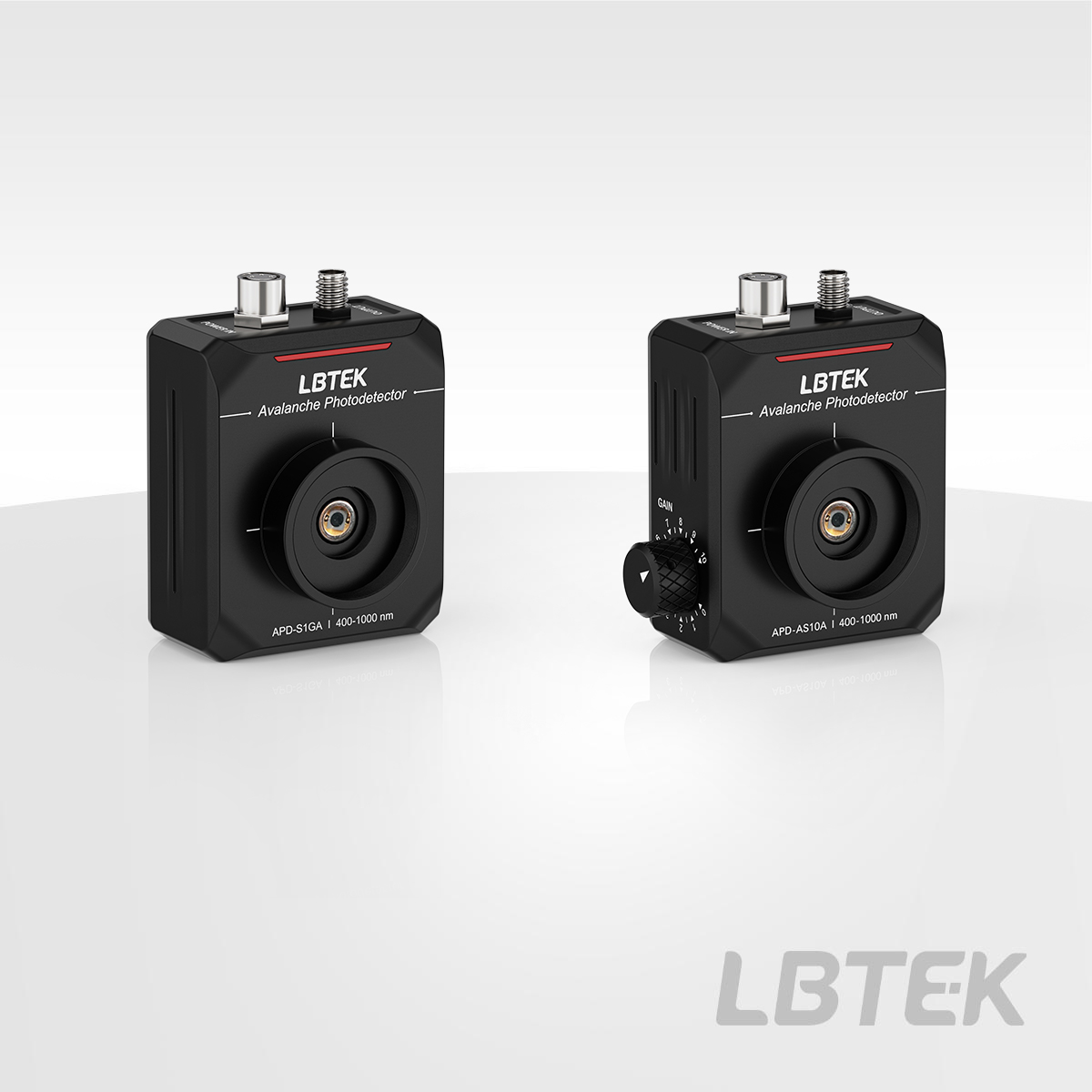
- Spectral Response Range: 300/400-1000 nm; 900-1700 nm
- Fixed Gain / Adjustable Gain
- Free Space Optical Input
LBTEK's avalanche photodetector series covers silicon and indium gallium arsenide types, offering both adjustable gain and fixed gain options. They are suitable for low-light power level applications and can precisely meet various low-light detection needs. The adjustable gain series allows users to adjust the reverse bias voltage across the diode via a rotary knob on the side of the housing, thereby changing the gain level. Using a BNC-SMA signal cable, connect the photodetector's signal interface to downstream acquisition devices such as oscilloscopes. The detector's mechanical housing features SM05 internal threads and SM1 external threads on the surface, along with M4 threaded holes at the bottom for easy mounting onto posts. Each photodetector comes with a power supply.
Note: This product series includes a sleeve with SM1 internal threads, which can be removed as needed during use (both the STEP and PDF files include this sleeve).
The appearance of the fixed gain models has been updated, and both old and new appearances may be shipped randomly.
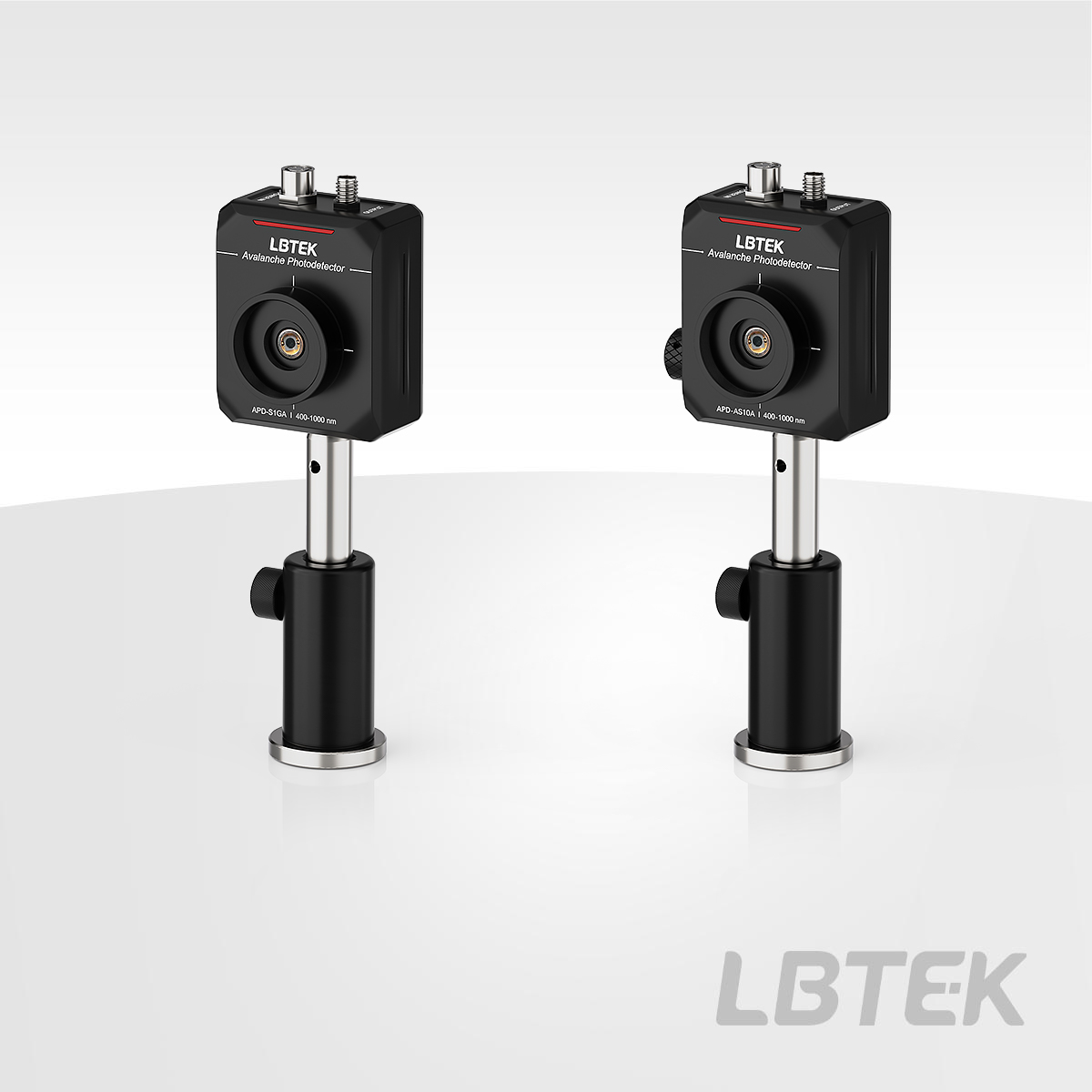
Avalanche Photodetector Installation Method
Product Model | gain type | Spectral response range | bandwidth | NEP (Noise Equivalent Power) | Unit Price | Compare | Lead Time | ||
|---|---|---|---|---|---|---|---|---|---|
| APD-S01A | 300-1000 nm | 1.5 MHz | 0.82 pW/√Hz | $1255.12 | today | ||||
| APD-S10A | 400-1100 nm | 10 MHz | 0.11 pW/√Hz | $889.04 | today | ||||
| APD-S400A | 400-1100 nm | 400 MHz | 0.64 pW/√Hz | $889.04 | today | ||||
| APD-S10C | 1000-1700 nm | 10 MHz | 0.42 pW/√Hz | $1150.52 | today | ||||
| APD-S400C | 1000-1700 nm | 400 MHz | 1.8 pW/√Hz | $1150.52 | 3 weeks | ||||
| APD-S1GA New | Fixed Gain | 400-1000 nm | DC-1 GHz | 1.4 pW/√Hz | $1176.67 | 4 weeks | |||
| APD-AS10A New | Adjustable Gain | 400-1000 nm | DC-10 MHz | 0.12 pW/√Hz | $954.41 | 4 weeks | |||
| APD-S1.8GA New | Fixed Gain | 400-1000 nm | DC-1.8 GHz | 2.5 pW/√Hz | $1255.12 | 4 weeks | |||
| APD-AS400A New | Adjustable Gain | 400-1000 nm | DC-400 MHz | 0.65 pW/√Hz | $954.41 | 4 weeks | |||
| APD-S1GC New | Fixed Gain | 900-1700 nm | DC-1 GHz | 3.3 pW/√Hz | $1176.67 | 4 weeks | |||
| APD-AS10C New | Adjustable Gain | 900-1700 nm | DC-10 MHz | 0.42 pW/√Hz | $1281.26 | 4 weeks | |||
| APD-AS400C New | Adjustable Gain | 900-1700 nm | DC-400 MHz | 2.0 pW/√Hz | $1281.26 | 4 weeks |
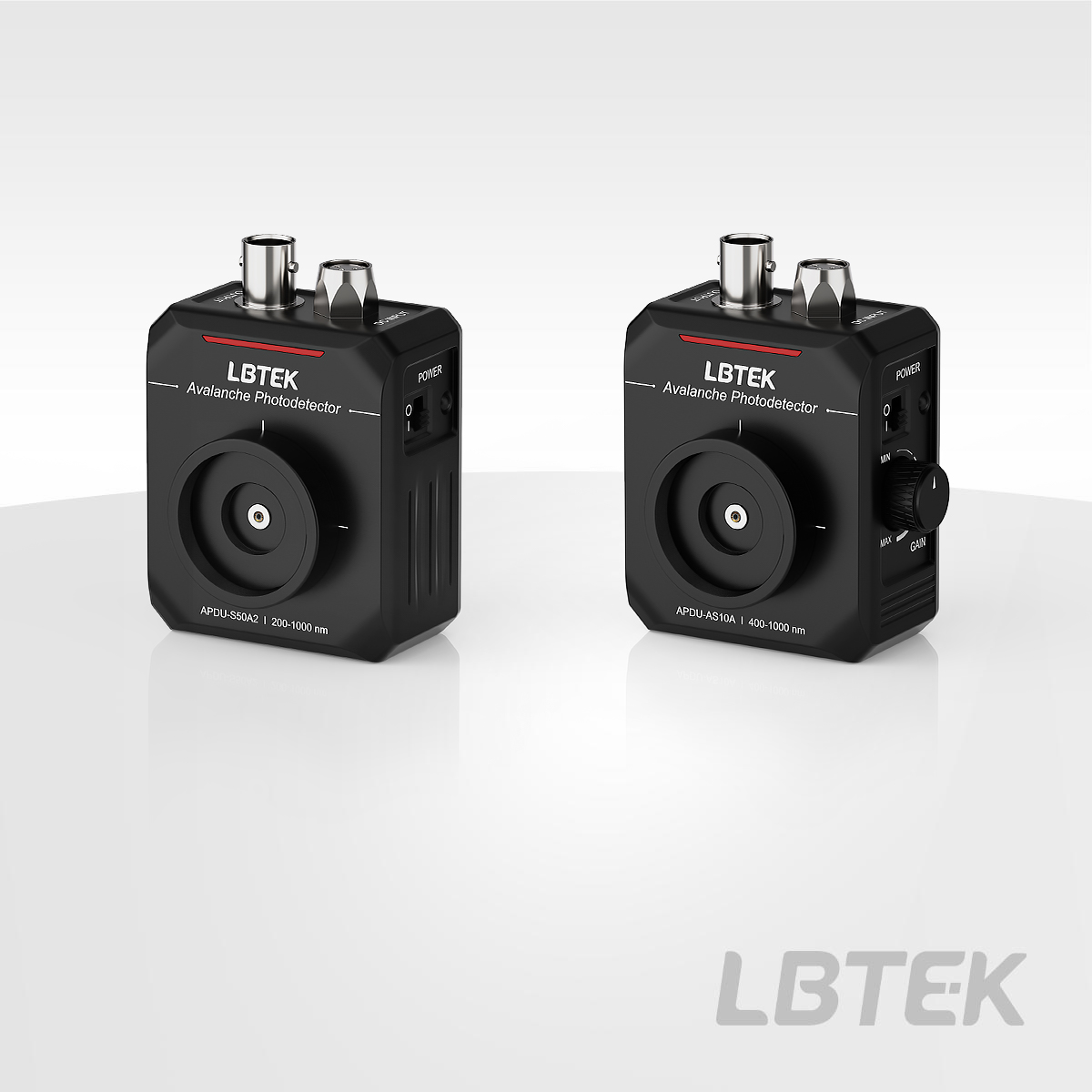
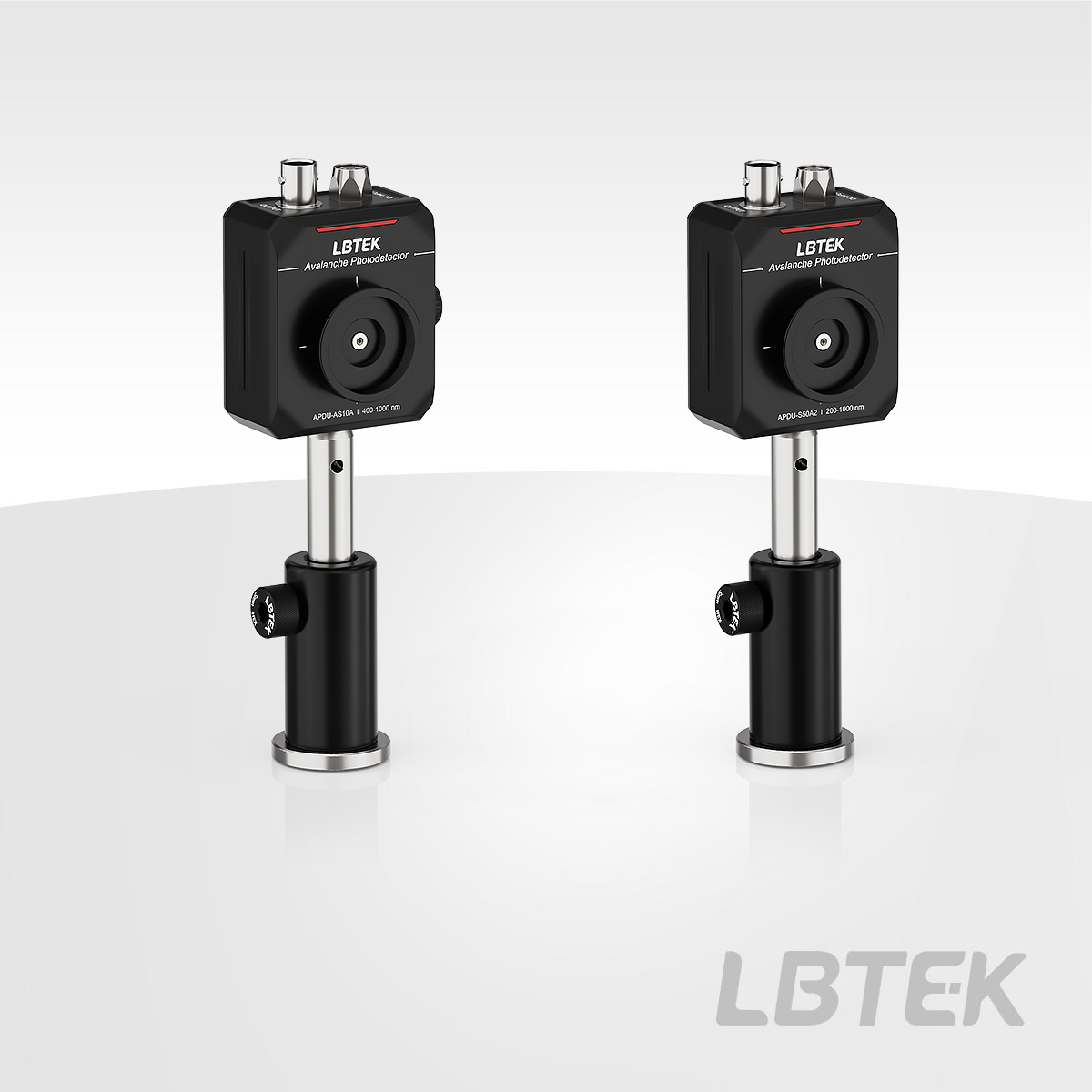
Product Model | gain type | Spectral response range | bandwidth | NEP (Noise Equivalent Power) | Unit Price | Compare | Lead Time | ||
|---|---|---|---|---|---|---|---|---|---|
| APDU-S50A2 New | Fixed Gain | 200-1000 nm | DC-50 MHz | 0.21 pW/√Hz | $1372.78 | 5 weeks | |||
| APDU-S50A New | Fixed Gain | 400-1000 nm | DC-50 MHz | 0.2 pW/√Hz | $1372.78 | 5 weeks | |||
| APDU-S50C New | Fixed Gain | 900-1700 nm | DC-50 MHz | 0.46 pW/√Hz | $2484.08 | 5 weeks | |||
| APDU-AS10A2 New | Adjustable Gain | 200-1000 nm | DC-10 MHz | 0.09 pW/√Hz | $1372.78 | 5 weeks | |||
| APDU-AS10A New | Adjustable Gain | 400-1000 nm | DC-10 MHz | 0.05 pW/√Hz | $1372.78 | 5 weeks | |||
| APDU-AS400A2 New | Adjustable Gain | 200-1000 nm | DC-400 MHz | 0.17 pW/√Hz | $1372.78 | 5 weeks | |||
| APDU-AS400A New | Adjustable Gain | 400-1000 nm | DC-400 MHz | 0.16 pW/√Hz | $1372.78 | 5 weeks | |||
| APDU-AS01A2 New | Adjustable Gain | 200-1000 nm | DC-0.1 MHz | 2.5 fW/√Hz | $1307.41 | 5 weeks | |||
| APDU-AS01A New | Adjustable Gain | 400-1000 nm | DC-0.1 MHz | 3.6 fW/√Hz | $1307.41 | 5 weeks | |||
| APDU-AS10C New | Adjustable Gain | 900-1700 nm | DC-10 MHz | 0.13 pW/√Hz | $2484.08 | 5 weeks | |||
| APDU-AS400C New | Adjustable Gain | 900-1700 nm | DC-400 MHz | 0.45 pW/√Hz | $2484.08 | 5 weeks | |||
| APDU-AS1600C1 New | Adjustable Gain | 1260-1650 nm | 0.3~1600MHz | 1.2 pW/√Hz | $1738.86 | 5 weeks |
-FmNgeMV2dTbH91fqjOLiD0pqKR3W.jpg)
- Spectral Response Range: 400-1000 nm; 1000-1700 nm
- Fixed Gain
- Fiber Optic Input
-FsBxHCRgdpm8odQawx6sDBpELCXM.jpg)
Fiber Optic Avalanche Photodetector Installation Diagram
Product Model | Spectral response range | bandwidth | NEP (Noise Equivalent Power) | Unit Price | Compare | Lead Time | ||
|---|---|---|---|---|---|---|---|---|
| APD-FS10A | 400-1000 nm | DC-10 MHz | 0.11 pW/√Hz | $732.15 | today | |||
| APD-FS400A | 400-1000 nm | 400 MHz | 0.64 pW/√Hz | $732.15 | 1week | |||
| APD-FS10C | 1000-1700 nm | DC-10 MHz | 0.42 pW/√Hz | $732.15 | today | |||
| APD-FS400C | 1000-1700 nm | DC-400 MHz | 1.8 pW/√Hz | $732.15 | today |
